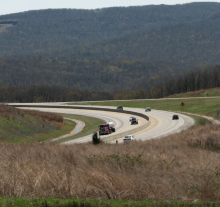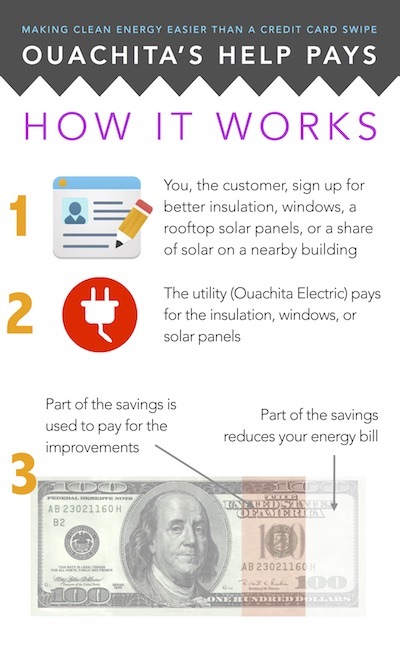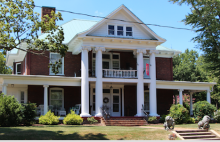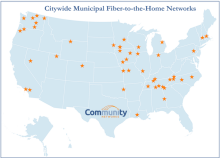Transcript: Community Broadband Bits Episode 242
This is the transcript for episode 242 of the Community Broadband Bits podcast. Our Christopher Mitchell invites Professor Susan Crawford to reflect on her recent travels through North Carolina and Tennessee. Both states have restricted communities from building new municipal networks. Listen to this episode here.
Susan Crawford: It's much more about a very bipartisan, quite progressive group of people thinking about how to make life better in their communities, and that's terrific. That's truly American.
Lisa Gonzalez: This is episode 242 of the Community Broadband Bits podcast from the Institute for Local Self-Reliance. I'm Lisa Gonzalez. We're pleased to have Susan Crawford back on the show this week. She's a Professor of Law at Harvard Law School, but she's also served as Special Assistant to President Obama for science, technology and innovation policy. Susan's CV is too long for us to go through point by point. She's authored several publications, including The Responsive City: Engaging Communities Through Data-Smart Governance, and The Telecom Industry and Monopoly power in the New Gilded Age. She's been on the show before to talk with Christopher about access to high-quality connectivity, and it's always a pleasure to have her back. As it turns out, Susan has been on a walkabout of sorts, visiting local communities as she works on her current book, and in this discussion she shares her impressions with Christopher. She's got some ideas on how she feels are the most effective ways to bring better connectivity to the most people, especially in rural areas, and she and Christopher hash through her findings.




 Inclusive Financing
Inclusive Financing







